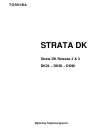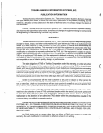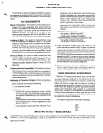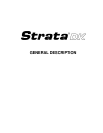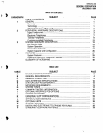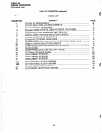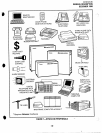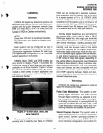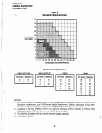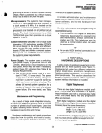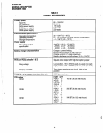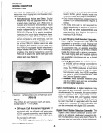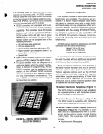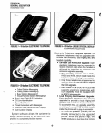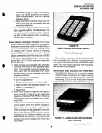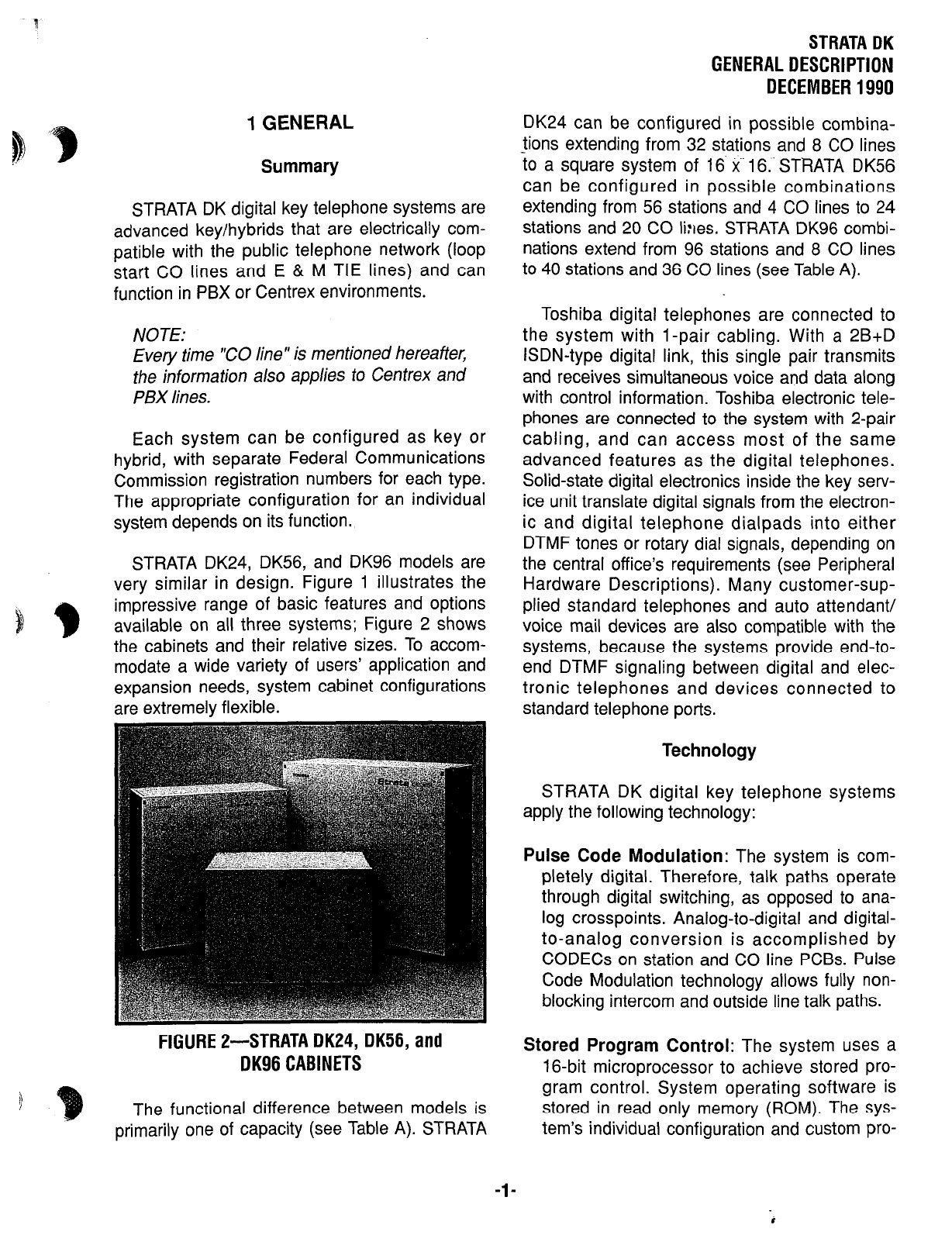
1 GENERAL
Summary
STRATA DK digital key telephone systems are
advanced key/hybrids that are electrically com-
patible with the public telephone network (loop
start CO lines and E & M TIE lines) and can
function in PBX or Centrex environments.
NOTE:
Every time “CO line” is mentioned hereafter,
the information also applies to Centrex and
PBX lines.
Each system can be configured as key or
hybrid, with separate Federal Communications
Commission registration numbers for each type.
The appropriate configuration for an individual
system depends on its function.
STRATA DK24, DK56, and DK96 models are
very similar in design. Figure 1 illustrates the
impressive range of basic features and options
available on all three systems; Figure 2 shows
the cabinets and their relative sizes. To accom-
modate a wide variety of users’ application and
expansion needs, system cabinet configurations
are extremely flexible.
FIGURE L-STRATA DK24, DK56, and
DK96 CABINETS
The functional difference between models is
primarily one of capacity (see Table A). STRATA
STRATA DK
GENERAL DESCRIPTION
DECEMBER 1990
DK24 can be configured in possible combina-
tions extending from 32 stations and 8 CO lines
to a square system of 16 X- 16.’ STRATA DK56
can be configured in possible combinations
extending from 56 stations and 4 CO lines to 24
stations and 20 CO li:tes. STRATA DK96 combi-
nations extend from 96 stations and 8 CO lines
to 40 stations and 36 CO lines (see Table A).
Toshiba digital telephones are connected to
the system with l-pair cabling. With a 2B+D
ISDN-type digital link, this single pair transmits
and receives simultaneous voice and data along
with control information. Toshiba electronic tele-
phones are connected to the system with 2-pair
cabling, and can access most of the same
advanced features as the digital telephones.
Solid-state digital electronics inside the key serv-
ice unit translate digital signals from the electron-
ic and digital telephone dialpads into either
DTMF tones or rotary dial signals, depending on
the central office’s requirements (see Peripheral
Hardware Descriptions). Many customer-sup-
plied standard telephones and auto attendant/
voice mail devices are also compatible with the
systems, because the systems provide end-to-
end DTMF signaling between digital and elec-
tronic telephones and devices connected to
standard telephone ports.
Technology
STRATA DK digital key telephone systems
apply the following technology:
Pulse Code Modulation: The system is com-
pletely digital. Therefore, talk paths operate
through digital switching, as opposed to ana-
log crosspoints. Analog-to-digital and digital-
to-analog conversion is accomplished by
CODECs on station and CO line PCBs. Pulse
Code Modulation technology allows fully non-
blocking intercom and outside line talk paths.
Stored Program Control: The system uses a
16-bit microprocessor to achieve stored pro-
gram control. System operating software is
stored in read only memory (ROM). The sys-
tem’s individual configuration and custom pro-
-l-



